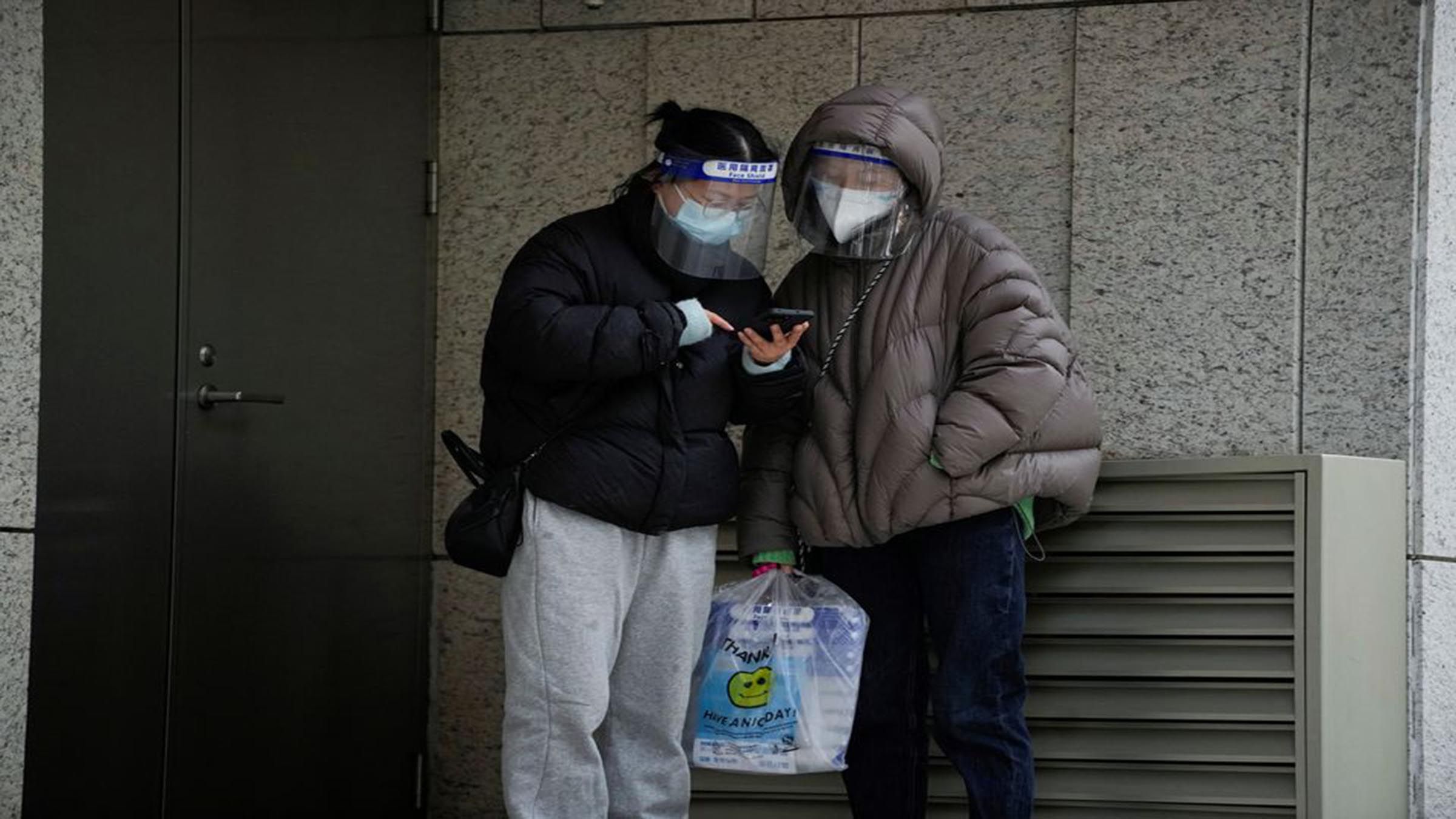BEIJING, China – People queued on Monday, December 12, outside fever clinics at China’s hospitals to check if they had COVID-19, a new sign of the rapid spread of symptoms after authorities began dismantling stringent measures against the disease.
Three years into the pandemic, China is moving slowly to align with a world that has largely opened to live with COVID-19, making a major policy change last Wednesday after unprecedented protests against its stifling curbs.
It has dropped testing prior to many activities, limited quarantine, and is preparing on Monday to de-activate a mobile app used to track the travel histories of a population of 1.4 billion people.
But with little exposure to a disease largely held in check until now, China is ill-prepared, analysts say, for a wave in infections that could heap pressure on its fragile health system and drive businesses to a halt.
With Beijing easing testing and quarantine measures, the focus has shifted to ensuring adequate provisions of medicines and shoring up the country's healthcare system, which experts say could be quickly overwhelmed
“I’m really afraid of being infected, because the number of infected people is growing gradually in Beijing,” an 18-year-old student, surnamed Tan, told Reuters as he walked along a street in the capital’s upmarket Chaoyang district.
“But I must come out and run some errands today,” he added. “I have been delaying going outside for three weeks due to COVID.”
Elsewhere in the district, home to foreign embassies and corporate headquarters, about 80 people huddled in the cold outside a fever clinic as ambulances zipped past.
Reuters witnessed similar queues outside clinics in the central city of Wuhan, where COVID-19 first emerged three years ago.
The numbers of patients waiting to be admitted into emergency and fever clinics were growing, a doctor who works in a respiratory department at a Beijing hospital was quoted by the state-backed Global Times newspaper on Sunday as saying.
In recent weeks, local cases have been trending lower since a late November peak of 40,052, official figures show, however. Sunday’s tally of 8,626 was down from 10,597 new cases the previous day.
But the figures reflect the dropping of testing requirements, say analysts, while Chinese health expects have warned of an imminent surge.
In comments on Monday in the state-backed newspaper Shanghai Securities News, Zhang Wenhong, head of a team of experts in the commercial hub, said the current outbreak could peak in a month, though the end of the pandemic might take three to six months.
Signs that the virus was rampaging through communities were widespread in cities such as Beijing and Wuhan.
“Please protect yourself,” the management of a condominium in the capital’s Dongcheng district urged residents on Sunday, adding that almost all its staff had been infected.
“Try as much as you can not to go out …,” it said on messaging app WeChat. “Be the first person to take responsibility for your own health, let’s face this together.”
The spread of such fears has prompted some people to avoid crowded places or indoor dining.
That is why few analysts expect a quick, broad rebound in spending in the world’s second largest economy, as the glee that greeted the abrupt relaxations was tempered with uncertainty for consumers and businesses.
Yet China is pushing ahead with efforts to free up nationwide travel, even if foreign trips may still be a while off.
A state-mandated mobile app identifying travelers to COVID-stricken areas will shut down at midnight on Monday, according to a notice on its official WeChat account.
The number of domestic flights available across China exceeded 7,400, nearly double from a week ago, flight tracker app VariFlight showed.
